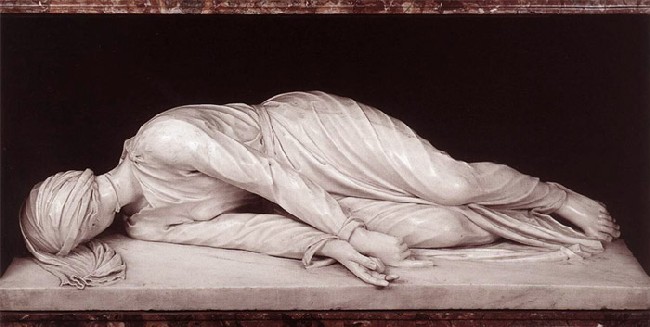Coptics are from Egypt
As a Protestant I wondered about early Christianity. How did early Christians live, what did they believe, how did they view the world? I thought acquiring knowledge of those early Christians would help in understanding the Bible's written words, but I also wondered whether it was possible to peer that far back in time. The means of preserving and transmitting knowledge of the early believers to the present was full of hazards.
After becoming a Benedictine oblate, I discovered that today's desert monk in Egypt is remarkably similar to his ancient brothers. I did not need to look back in time — just in the right place today — to the Coptic monks of the Egyptian desert. [Overview of the Copts]. Seeing the lives of these modern-day monks is just like looking back 1,700 years to some of the earliest Christians.
Journey Back to Eden and Sacrifice in the Desert are two books about the author's year of living with Coptic monks in 1986-1987 as part of his doctoral research in anthropology. Two Oriental Christians highly recommended Gruber's books, which was good enough for me. They were correct. I highly recommend these books too.
Father Mark Gruber, O.S.B., is a Catholic Benedictine monk at St. Vincent Archabbey in Latrobe, Pennsylvania, USA. St. Vincent Archabbey is the first Benedictine monastery in the USA.
Journey Back to Eden is the personal journal of Father Mark Gruber's time living with the Coptic monks while Sacrifice in the Desert is his anthropological study of the monks during the same time in the desert.
Just before the conclusion of Sacrifice in the Desert, Gruber writes, "Religion has a grammar of which language has no knowledge."1 After previewing both books and with a slightly better sense of the monastic charism, I start the books with the hope that acquiring knowledge will be the least of the results.
__________________________
Footnotes:
Picture is *100_3398.JPG by cohdra and is used subject to license.
1. Gruber, Mark, and M. Michele Ransil. Sacrifice in the Desert: a Study of an Egyptian Minority through the Prism of Coptic Monasticism. Lanham, MD: University of America, 2003. Page 191.







I too would have known very little about the Copts until doing some reading before visiting Israel for the first time (1966) and much later Egypt. In Holy Sepulchre in Jerusalem, the Coptic chapel is very small but it apparently has a portion of the Sepulchre's bare rock. In Cairo, two of my favourite places were The Hanging Church and the Coptic Museum.
ReplyDeleteIt's a great area of study.. thank you.
Hels, thank you for the information on the Copts at the Holy Sepulchre. It seems so much like the Coptic faithfulness — the nearly hidden path among the other Christian traditions.
ReplyDeleteFor other readers of this comment, Hels writes the beautiful "Art-and-Architecture-mainly" blog about "<span>The fine arts, decorative arts and architecture of Europe, North America and Australia, 1640-1940." If you enjoy life, you will enjoy her wonderful blog -- it received the "Top Art History Blog Award 2010."
</span>